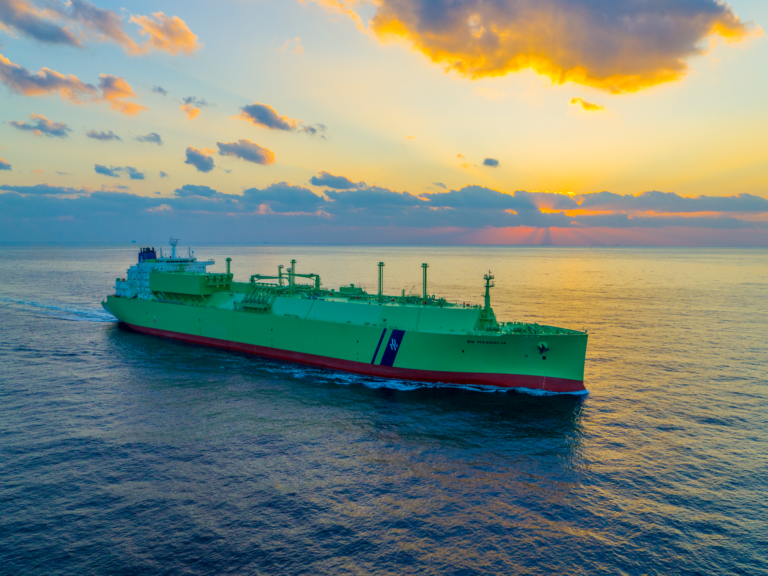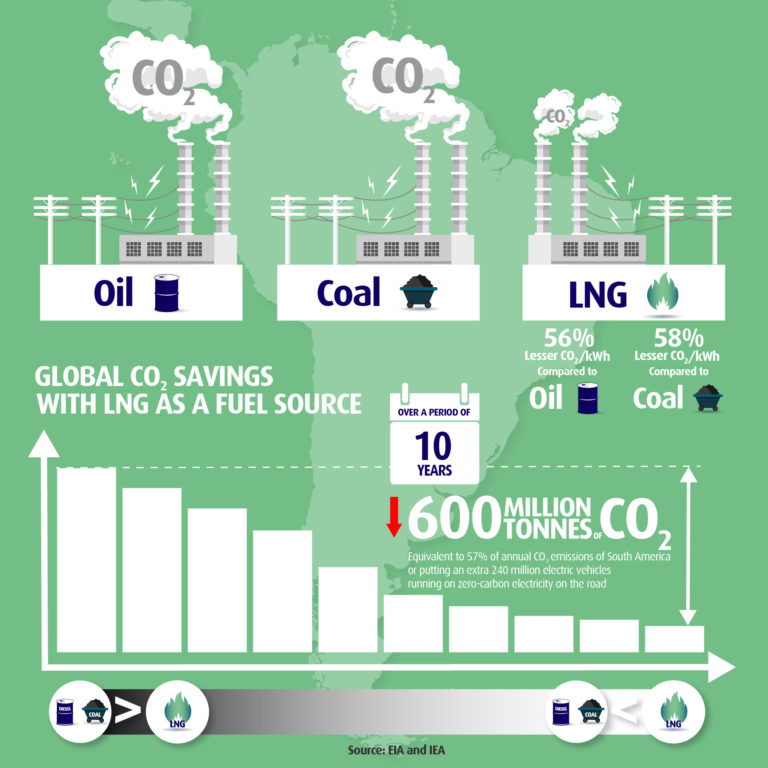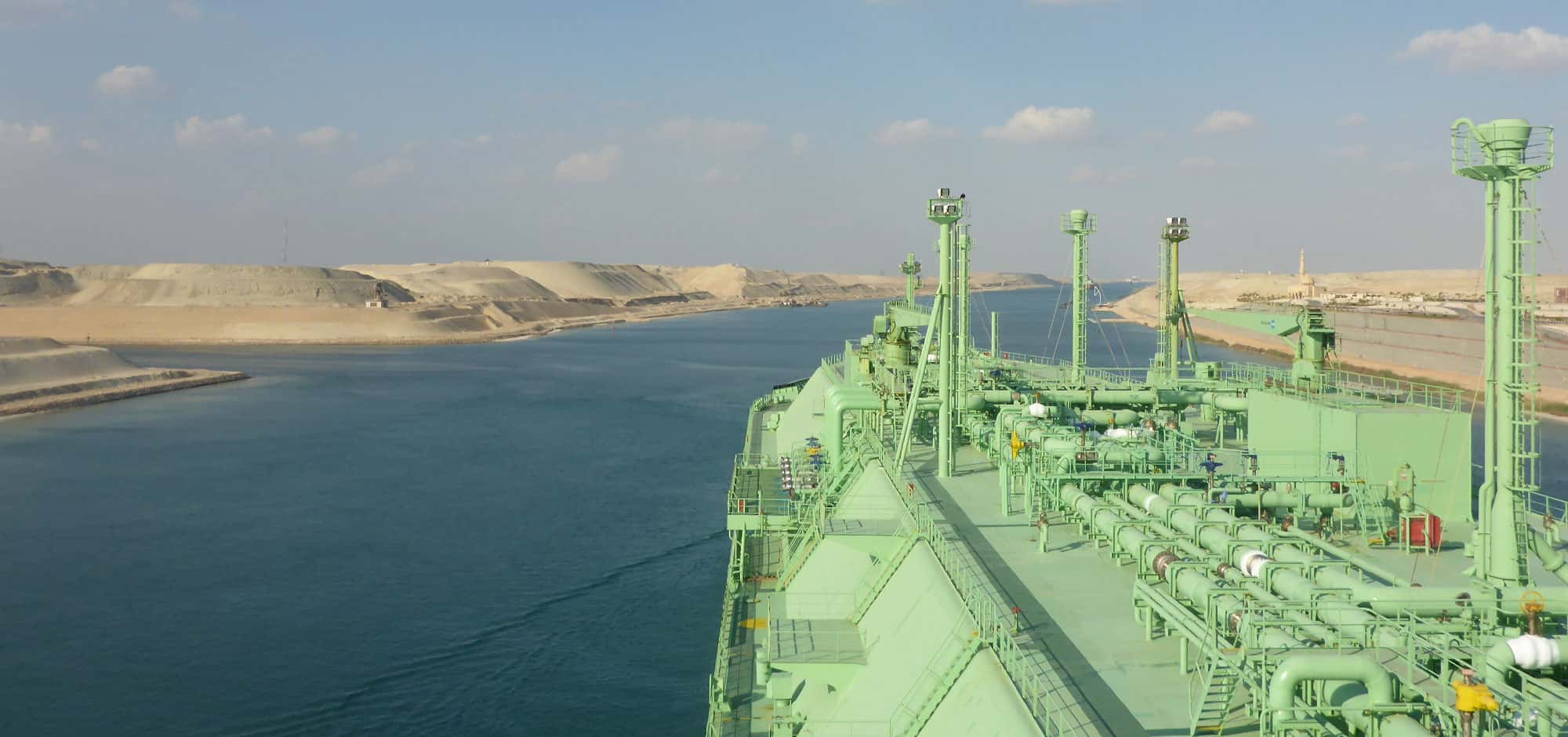LNG Shipping
At BW LNG, we never settle for less. Since 1973 when we acquired our first LNG vessel we have been building our operational competency without losing focus on safety and the environment. Through a combination of engineering design, technical management, and crew training, we have become an efficient and reliable energy provider for our customers and partners from many parts of the world. We take pride in the design of our vessels and operational standards as they enable us to achieve best-in-class safety statistics and environmental performance.
The commercial and technical management of our LNG carriers are handled in-house from our offices in Oslo, and all our vessels are manned by officers and crew with relevant gas experience employed by BW’s large pool of employees, providing additional flexibility in our operations.
To further strengthen our operational excellence, BW LNG has been actively implementing digitalisation initiatives to optimise our vessels’ fuel efficiency, monitor hull efficiency, and detect potential system failures early. This helps to ensure safety and reduce impact on the environment while also delivering transparency and utility to our customers.

Delivering energy for the world today, and finding solutions for tomorrow
With the world’s population expected to increase by 1 billion by 2030, LNG is one of the few energy sources that can meet the growing demand while reducing carbon emissions. On average, a switch from coal to gas in electricity generation reduces carbon emissions (including methane slip) by 50%. Moreover, if natural gas consumption is paired with carbon capture and sequestration technology, emissions from its use could be further decreased by 90%, making it the most sustainable fossil fuel of our time.
Over the past ten years, global carbon savings generated by switching energy sources from coal to gas stand at around 600 million tonnes. This reduction in emissions is equivalent to putting an extra 240 million Electric Vehicles on the road over the same period, or 57% of the annual carbon emissions of South America.
In addition to being a clean energy source, LNG is also a potential marine fuel. Compared to ships powered by traditional fossil fuels, ships powered by LNG will lower their sulfur oxides emissions by 99%, particulate matter emissions by 99%, nitrogen oxides emissions by 85%, and overall GHG emissions by 20%. These improvements will allow shipping, which is already the most efficient mode of transportation, to become even greener.
BW LNG moves natural gas efficiently and responsibly to minimise the total carbon footprint associated with LNG. Our new ships are equipped with MEGI propulsion to minimise methane slips, engines tuned to increase efficiency in gas mode (and reduce the specific fuel gas consumption), optimised hull designs to minimise drag, and full reliquefaction systems to minimise boil-off gas.

Our fleet
Liquefied Natural Gas Carriers
^ BW LNG owns a JV stake
